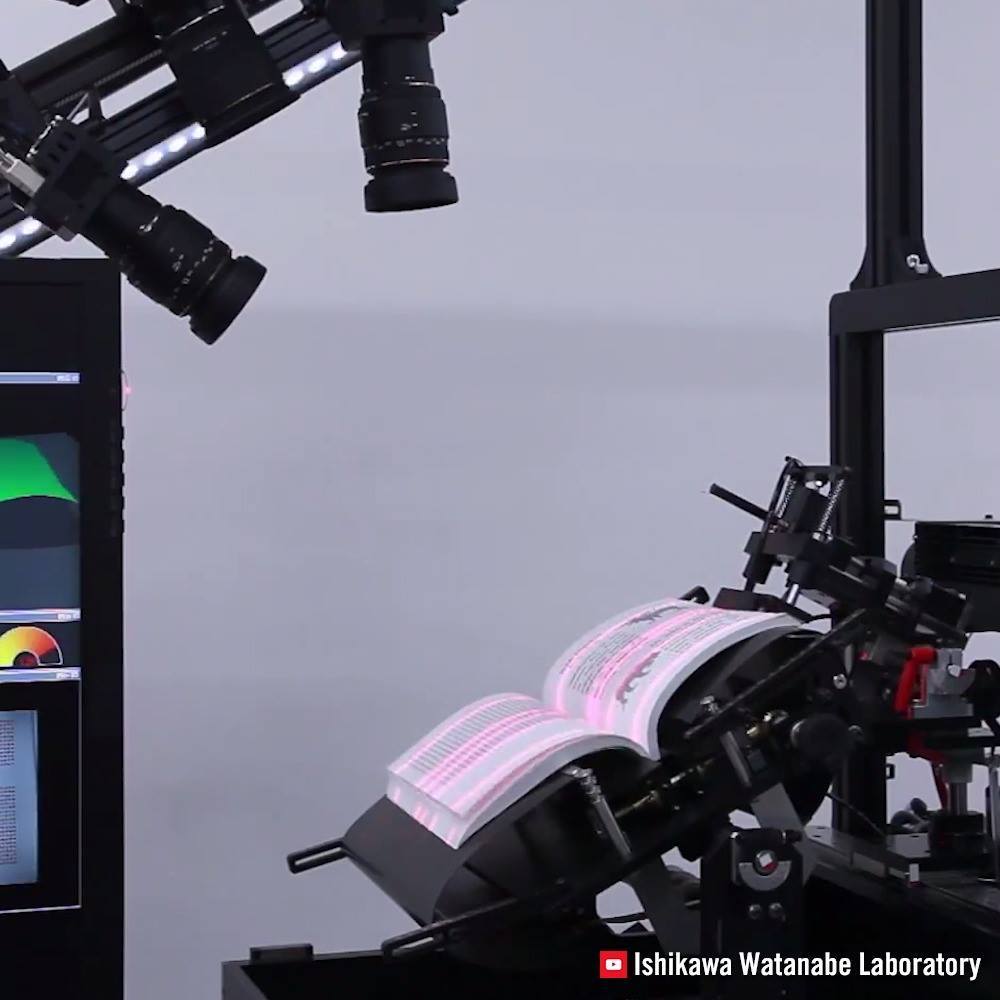Watch Could Magnonics Spark the Extinction of Electronics?, a Tech video from Seeker.
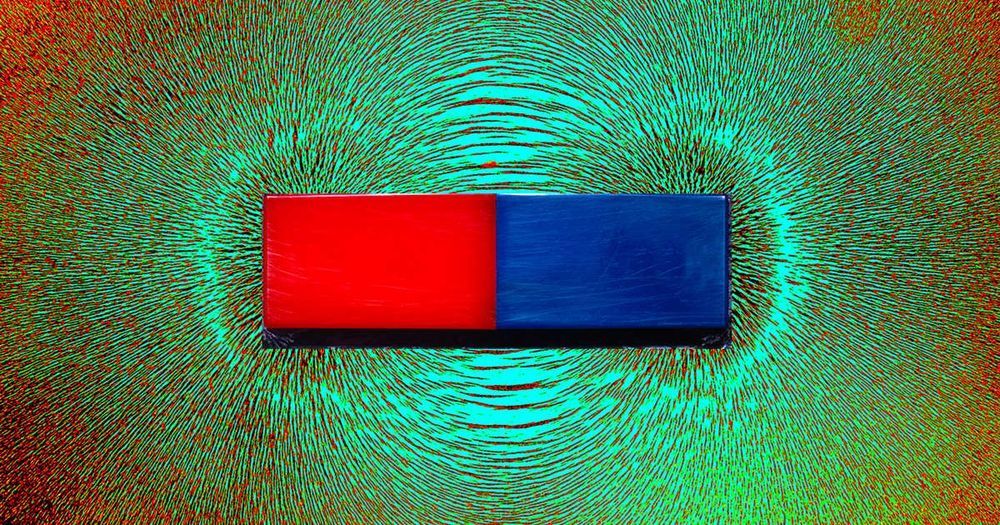

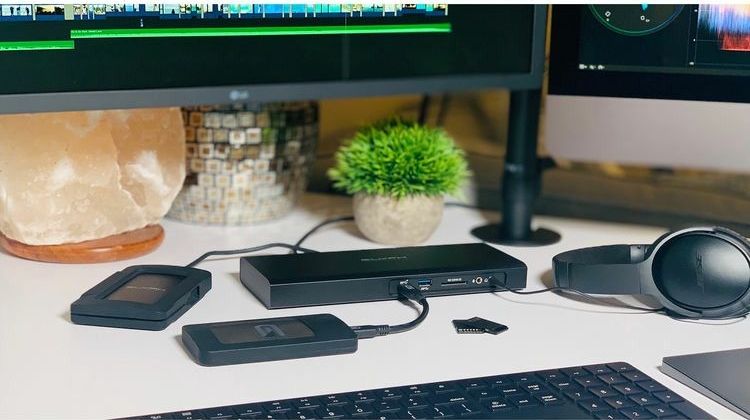
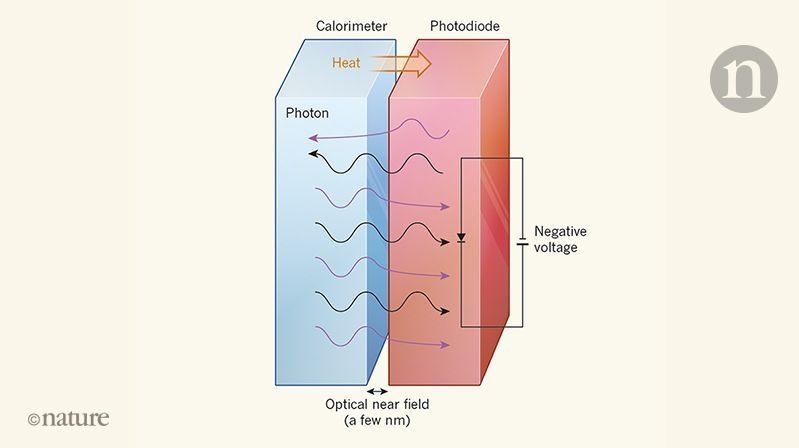
When two bodies are at different temperatures and not in direct contact with each other, it is generally assumed that thermal radiation (heat) will be transferred from the hotter body to the colder one. If the distance between the bodies is larger than the dominant thermal wavelength (about 10 micrometres at room temperature), there is a maximum heat-transfer rate, known as the black-body limit. Writing in Nature, Zhu et al. report that an electronic device called a photodiode can cool a solid that is colder than the photodiode when the two objects are in each other’s near field — that is, when they are separated by a distance much smaller than the thermal wavelength. This demonstration could have a tremendous impact on the fields of cooling and heat management.
It is well established that solid objects can be cooled by harnessing the properties of laser light. A laser-free technique that attains such cooling by tuning thermal radiation could have many practical applications. A method for near-field optical cooling.

A research team led by Professor Johann de Bono at the Institute of Cancer Research, London has successfully tested a new drug that has infiltrated different forms of cancer in an ongoing human trial [1].
The drug is called tisotumab vedotin (TV) and works like a ‘Trojan Horse’ by hiding a cancer-killing payload inside an antibody, which allows it to infiltrate the tumor and attack it from the inside.
The antibody seeks out a surface receptor on tumor cells known as ‘tissue factor’ (TF). TF is expressed by many tumor cells and contributes to a variety of pathological processes, including thrombosis, metastasis, tumor growth, and tumor angiogenesis. Once the antibody has located the TF receptor, it binds to it, and the cancer-killing payload is able to enter the tumor cell and destroy it from the inside.
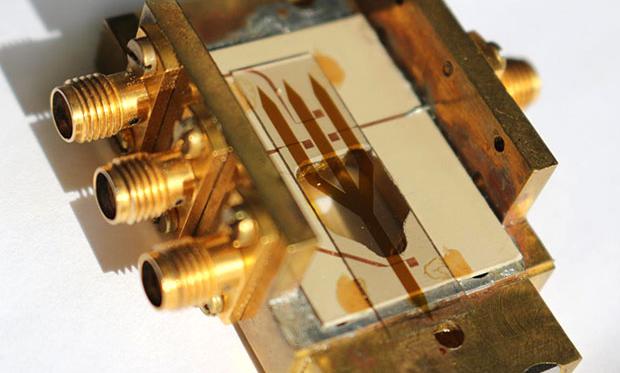

A lead-free ceramic that could be used in applications ranging from optical sensors and switches to creams for protecting against ultraviolet (UV) light has been developed by A*STAR researchers.
Ceramics made from potassium sodium niobate (KNN) are promising alternatives to lead-based ceramics in electro-optical applications. However, it is both challenging and costly to improve KNN’s performance by ensuring it has a high density, fine-grained, chemically uniform microstructure.
Known as PLZT, lanthanum modified lead zirconate titanate is one of the most widely used electro-optic ceramics. Yet there are serious ecological concerns regarding toxicity to the environment and living organisms once devices made with it are discarded; PLZT contains around 60 per cent of lead (by weight). The search is on to find lead-free replacements for PLZT.
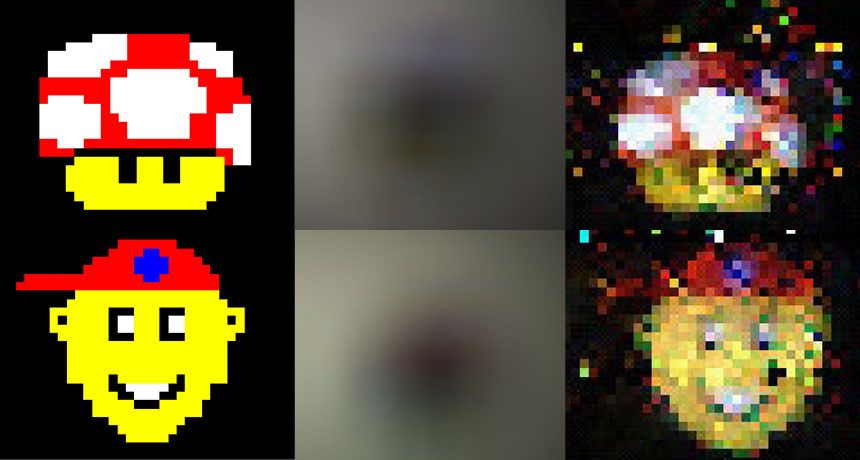
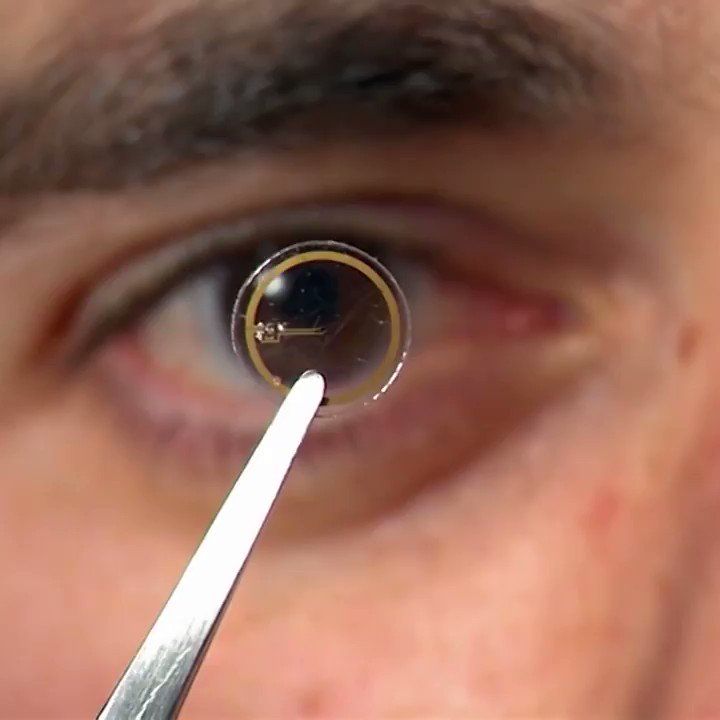
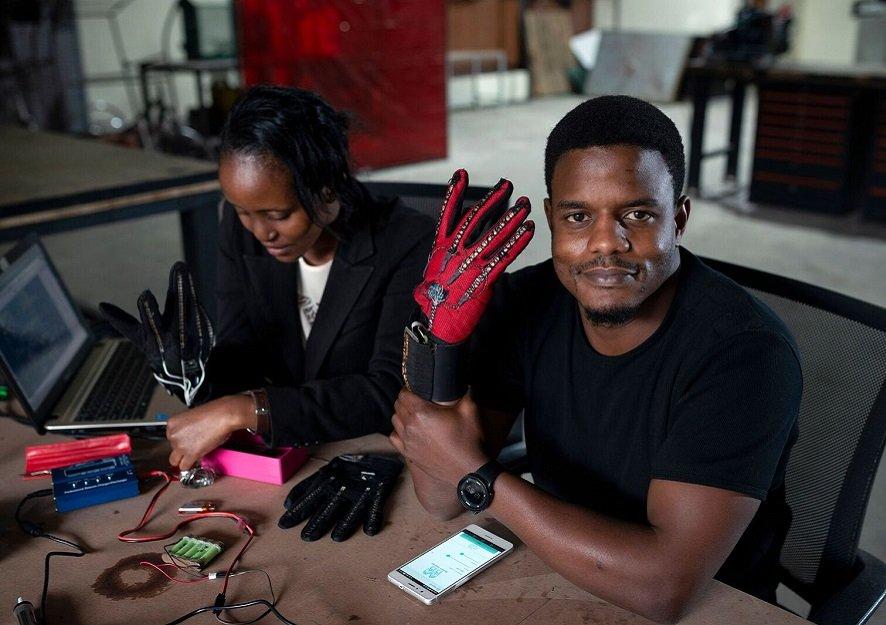
Photo: Roy Allela
Twenty-five-year-old Kenyan engineer and innovator, Roy Allela, has created a set of gloves that will ultimately allow better communication between those who are deaf and those who are hearing yet may not necessarily know sign language. The Sign-IO gloves in essence translate signed hand movements into audible speech.
Allela’s gloves feature sensors located on each finger that detect the positioning of each finger, including how much each finger will bend into a given position. The glove connects via Bluetooth to an Android phone which then will leverage use the text-to-speech function to provide translated speech to the hand gestures of a person signing.
